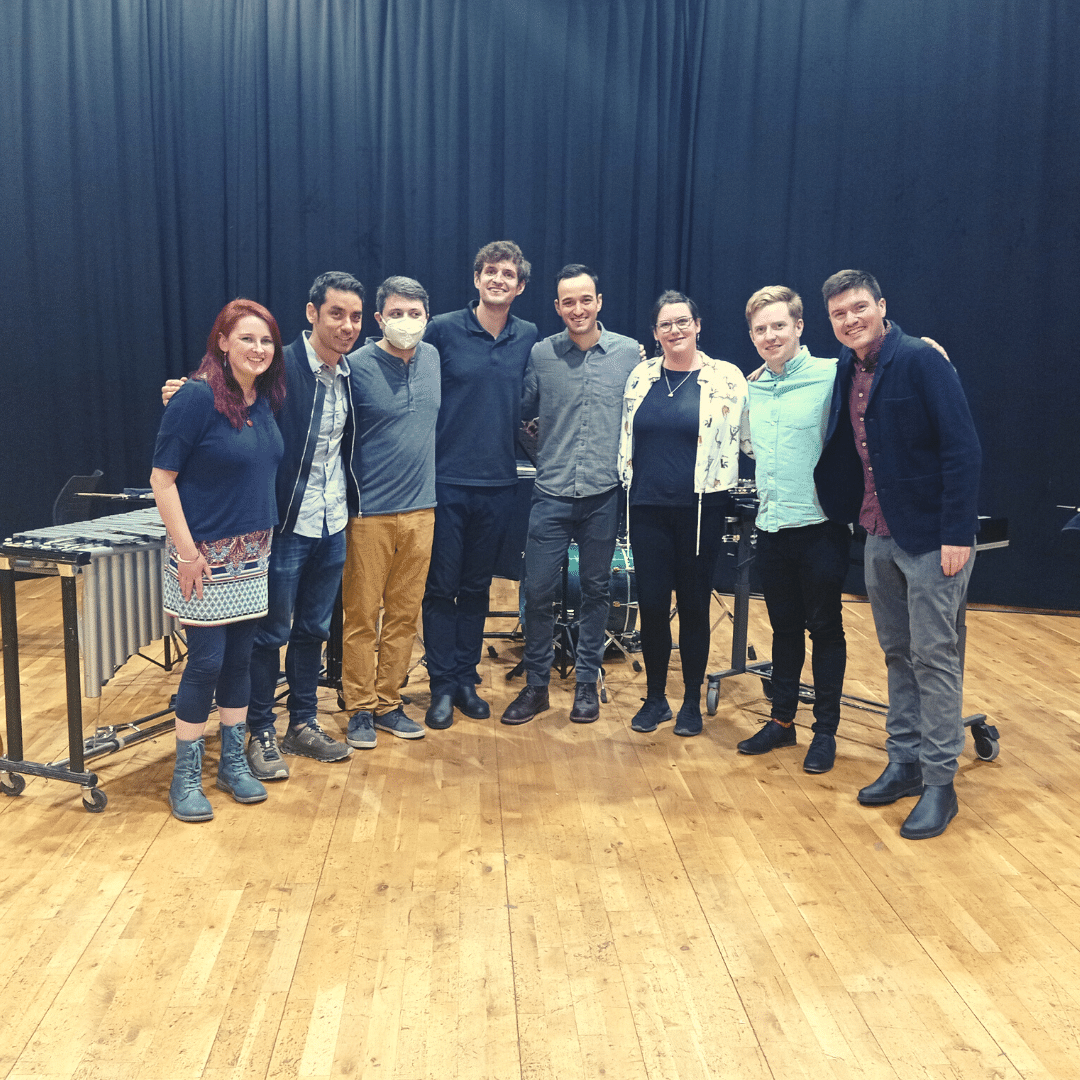Need help writing for percussion instruments in your compostition?
At the 2022 Walled City Music Festival, we gave three young Irish composers the opportunity to workshop one of their compositions with the New York ensemble, Sandbox Percussion. GrammyTM and Pulitzer Prize nominee, composer Andy Akiho, facilitated the workshop.
We’ve taken all the advice and tips the composers received to share with you. So, if you find yourself writing parts for percussion instruments, here are some things to bear in mind when it comes to notation, orchestration and scores.
KISS – Keep It Simple Stupid
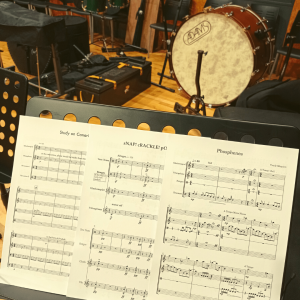
When it comes to notation, keep it as simple as possible. Add instructions (in brackets) to describe effects or specific sounds that you are trying to achieve rather leaving it open to interpretation by the percussionist.
For example, add the instruction (all staccato notes dampened) to the score above the staccato section. If it applies throughout the whole piece, then add it to the general instructions or tech spec in the introduction to the score.
When it comes to mallet instruments, you may need to add in pedal marks to guide the performer. Otherwise, the sound you have in mind may not be achieved. The same goes for dampening – consider adding in notation to show where and when you want the percussionist to dampen notes.
Is it physically possible?
Composing for percussion, especially mallet instruments, when you aren’t a percussionist can be tricky. To make sure your parts are physically possible to play, you can use your 2nd and 4th fingers at a piano to see if you can bend your hands into the shape needed to play the notes.
Where do all the instruments go?
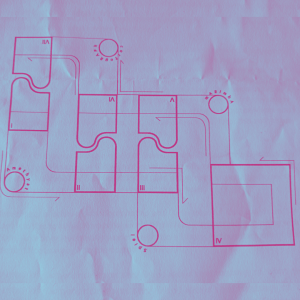
It is a good idea, and sometimes essential, to draw the layout of where the instruments should be in relation to each other to achieve the right sound and allow smooth transitions between instruments.
Andy Akiho used Adobe Illustrator to create the drawings for his recent work, Seven Pillars. In this piece, instruments and lights are moved around the stage in a choreographed fashion that adds to the performance and makes an effective impact. Without detailed drawings of where the instruments should be, it would take days or even weeks for the percussionists to figure that out for themselves.
Is there a specific order for the instruments in the score?
Generally, lower tone instruments are placed on the left, like on a piano. When you orchestrate for each percussionist, make sure you start with higher tone instruments, working your way down.
Tech Spec
Including a tech spec in the introduction to the score is vital.
- Are there certain types of instruments or features required?
- Are there alternatives e.g. if your Glockenspiel is boxed in and can’t be bowed, could Crotales be used instead?
- How much space is required for the layout of the instruments.
- What kind of room is best for the acoustics?
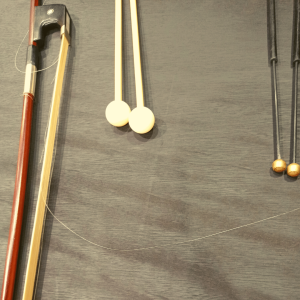
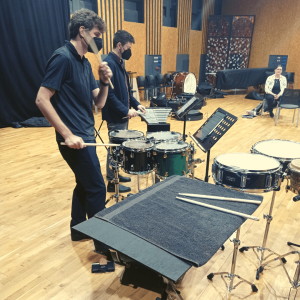
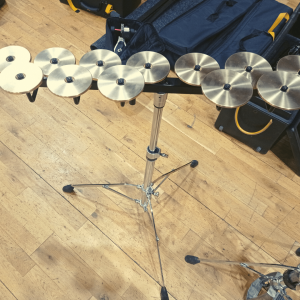
Consistency in your notation
Consistency is so important when you are notating rhythms, accents and directions. This makes it much easier for the percussionists to get familiar with the work and reduces the amount of time needed to learn the piece.
Don’t be afraid
Don’t be afraid of over articulating. If you want the piece to be played exactly as you had in mind, every time, by every group of performers, make sure your notation, articulation and dynamics are tight.
Get inspired
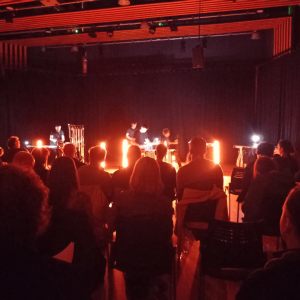
Get inspired for greatness by Listen to Seven Pillars, performed by Sandbox Percussion, written by Andy Akiho. You won’t be surprised that the performance and the score were nominated for a GrammyTM.
Listen now on Bandcamp, Spotify or Apple Music.
Happy composing for percussion!

